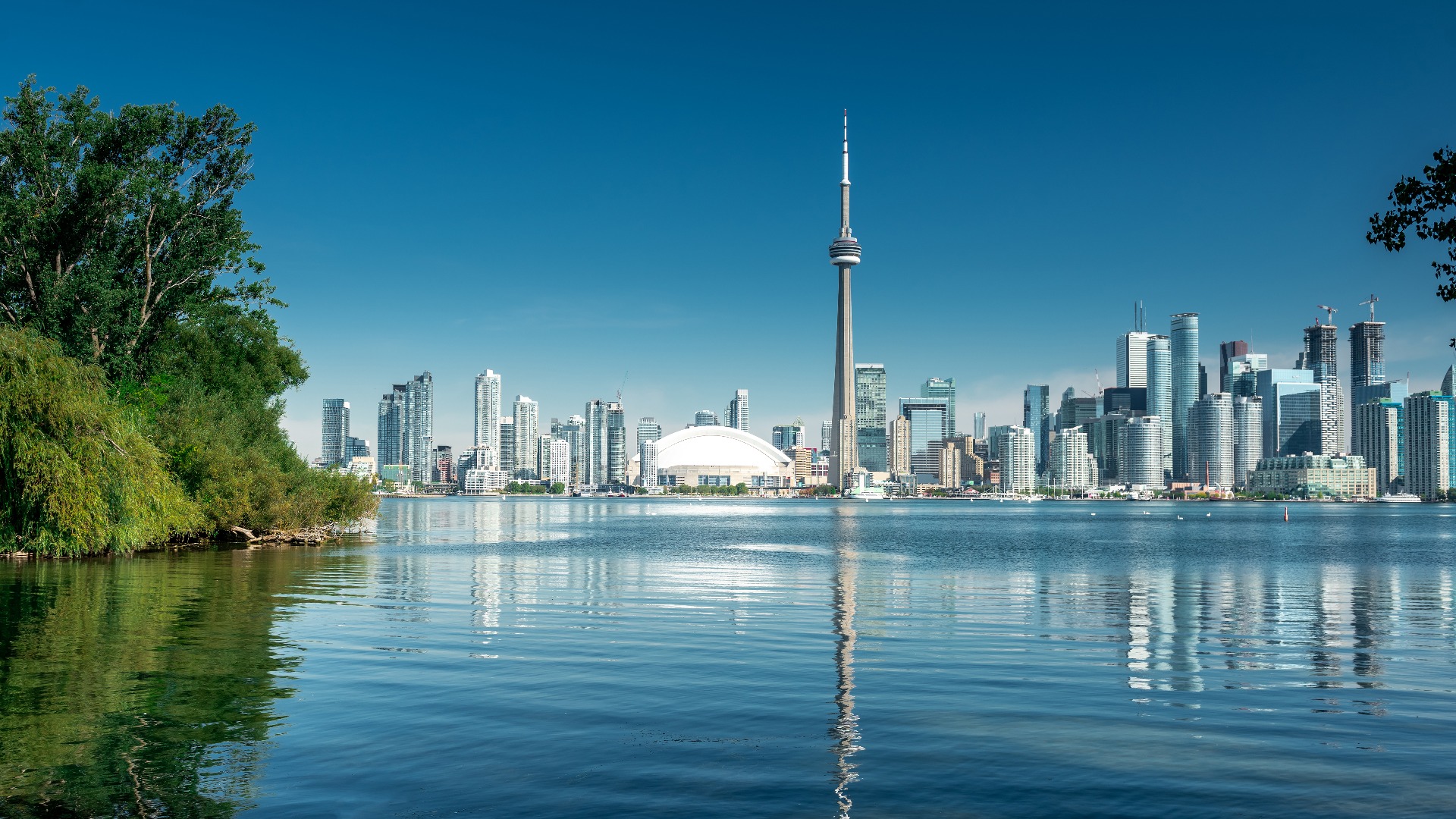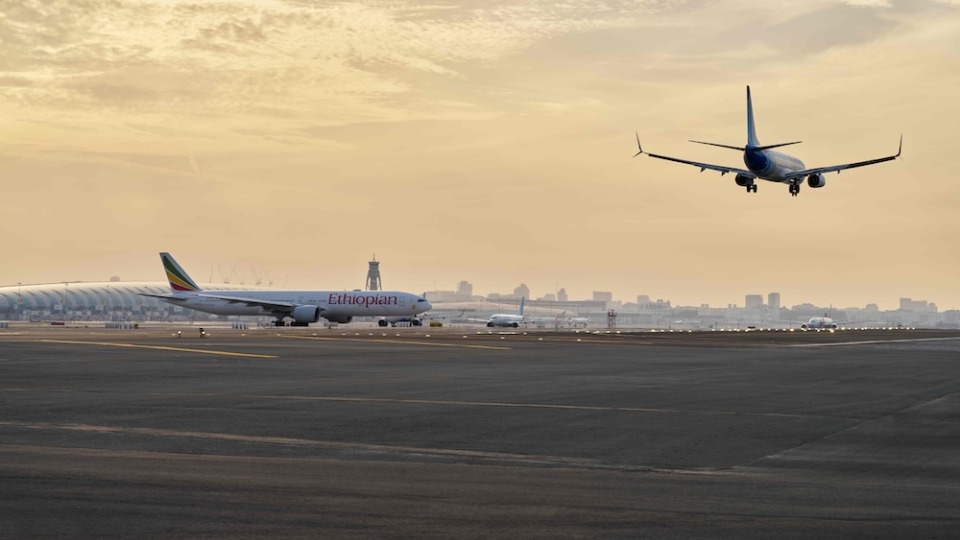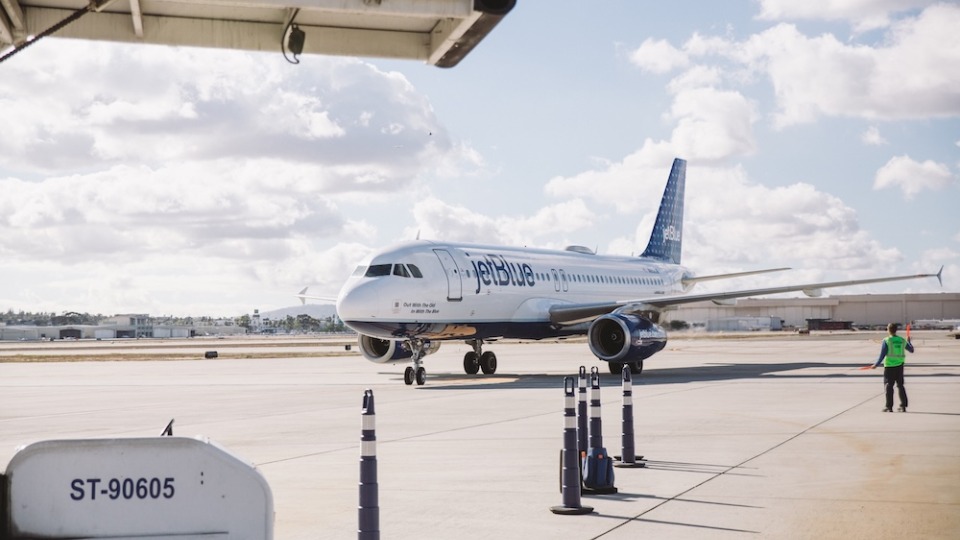
Severe Travel Disruptions In Canada Worsened By Pilot

Recruiting in Canada is dominated by the country's two largest carriers, leaving less available pilots for smaller companies.
The Canadian tourism sector has recently faced unparalleled levels of uncertainty due to factors such as pandemic-related travel bans and unexpected weather disasters. Now that flight demand has increased to 2019 levels, airlines must deal with the next storm in the sky: a severe shortage of trained pilots.
Before the Coronavirus outbreak, Transport Canada reported that around 1,100 pilot permits were granted annually. When supplemented by pilots trained overseas, that number was usually sufficient to meet the demands of airlines ranging in size from WestJet and Air Canada to smaller carriers.
Unfortunately, the number of people being licenced as pilots fell in 2020 as demand for air travel plummeted. According to official government statistics, the number of licences issued dropped from less than 500 in 2020 to fewer than 300 in 2021 and only 238 in 2022, as the numbers have dropped by more than 80%.
According to the authorities, despite the fact that the aviation industry's labour shortfall has been marked as a priority issue for action, there are no immediate plans to relax laws. But the organisation insists it is doing all in its power to raise the competitiveness of the Canadian aviation training sector and enhance the profitability of aviation professions to solve the crisis.
On the other hand, pilots with experience may usually have their choice of the available jobs at the main airlines due to the greater salaries they provide and the quicker rate at which they increase. In turn, this leads to scarcity in almost all other areas. However, the president of the Canadian Air Transport Association believes the issue predates the pandemic and has persisted for years.
"We haven't had enough pilots for a long time, mostly at the regional level. [...]
"Their fishing grounds is the regional carriers. And the regional carriers go down to the smaller carriers, air taxi groups. Those levels have been hurting for many years," John McKenna explained.
While there is a higher-than-usual demand for pilots at the moment, Canada's two largest airlines have recently declared that they are able to satisfy their demands despite the shortage.
To attract the best and brightest pilots, Air Canada boasts that it is a huge global airline flying the most current, largest aircraft.
"We have and continue to carefully manage and plan our operations to meet the expected demand of our passengers," WestJet added.
No one else can say that. Especially for smaller airlines, the loss of even a few of pilots might mean that operations come to a halt.
Sunwing had previously attempted to bring in more than 60 temporary foreign employees to satisfy demand for pilots in the autumn, but their application had been denied, leading to the chaos saw by the year's ending.
Travellers are already feeling the effects of the industry's present labour shortage. 67 flights were cancelled by the charter airline Sunwing during the final two weeks of December due to severe meteorological conditions and understaffing.
More details about the situation to follow.
Source: cbc.ca








